Why Trump’s Pentagon name change to the ‘Department of War’ is a great idea
PARIS — U.S. President Donald Trump got so fed up with the Pentagon calling itself the “Defense Department” that he decided it needed a makeover. Apparently “defense” sounded a little too yoga-retreaty for his taste.
“We had an unbelievable history of victory when it was Department of War. Then we changed it to Department of Defense,” Trump said recently.
Maybe all the Pentagon’s failures over the past few decades — bogged down in regime-change swamp dives around the world — stem from the name change draining its testosterone and squeezing it into something resembling a Victorian corset? Yeah, that’s it.
Calling it “Defense” at least pretended the U.S. was protecting something. Calling it “War” straight-up admits that it’s about power projection. So with an executive order last week, the Pentagon now gets to self-identify as the “Department of War” once again. It’s not yet on the official passport, but hey, identity politics comes with paperwork delays. Besides, updating all those signs, stationery, parking passes and coffee mugs would cost tens of millions — money better spent on, say, a single screwdriver from the Pentagon’s procurement office.
Got it, folks? The Pentagon’s pronouns are now “kick/arse.” Secretary of Defense Pete Hegseth didn’t waste a second swapping out the nameplate on his office door for “Secretary of War.”
He boasted about “restoring the warrior ethos” and “intentionality to the use of force.” That’s Washington-speak for “if we show up, someone’s definitely getting stomped."
So if the Pentagon struts into your neighborhood flashing its new kickarse identity, are we supposed to assume that a beatdown is scheduled? Because sure enough, the “Department of War” has already been dispatched into American cities — Washington, DC, Los Angeles, and possibly Chicago.
As the “Department of Defense,” Trump could claim that it was just trolling local authorities into doing their jobs. But sending the “War Department” onto Main Street leaves less wiggle room. Civil liberties lawyers are probably already salivating at the prospect. “Words matter,” Hegseth said, leaving prosecutors gift-wrapped exhibits for any courtroom showdown. Bye-bye plausible deniability.
Abroad, the Pentagon has already been flexing off Venezuela’s coast, supposedly targeting drug cartels. Thus far, the highlight reel seems to have one scene: sinking what may have been either a drug boat or, alternatively, an innocent fisherman’s dinghy with 11 people on it.
Who knows, really.
It's not like they're bothering with actual proof. In any case, it’s not exactly “Top Gun”. They’ve been loitering for weeks now, looking like glorified cruise ships. And now the “Department of War” risks being sunk by bad optics when there’s no actual war to fight.
But that's where the usual rhetorical manipulation comes in. "Narco-terrorism" has historically been floated to soften up public opinion, particularly for regime change in Latin American countries like Venezuela that are rich in resources but poor in obedience to Uncle Sam. It’s a familiar cocktail: shake drugs and threat rhetoric together, then serve it up to get the public onboard. Remember Nixon’s “War on Drugs”? His aide, John Ehrlichman, later admitted that they “knew we couldn’t make it illegal to be either against the war or Black, but by getting the public to associate the hippies with marijuana and Blacks with heroin, and then criminalizing both heavily, we could disrupt those communities.”
But could a simple renaming to the "Department of War" cut through all the manipulative rhetoric that attempts to frame questionable military action? It sure could. And this is why the name change is perversely brilliant. Imagine the nightly news announcing that the “Department of War” is just hanging out somewhere with no actual war. It would sound ridiculous. Particularly since Hegseth insists that its raison d’être is, well, war fighting. At least the branding forces everyone to be honest. When the “War Department” shows up, nobody’s buying the line about “stabilization operations” or “peacekeeping missions.” And you'd think that would perfectly suit a president who ran on the promise to reel in regime change.
Which brings us to Ukraine. The EU wants Washington’s military to linger around as air-cover babysitters for European troops in a future buffer zone. But with the “Department of War” branding, what exactly is being communicated to Moscow now? Not “peace,” that’s for sure. It’s hard to claim that you’re just hanging out to assure tranquility when your calling card literally says “WAR” in 48-point font. It’s not like Russia even needs any more reasons to believe that the U.S. wouldn’t be showing up with doves and olive branches.
At the very least, the rebranding should force Team Trump to rethink each and every military venture. If the “Department of War” shows up, then someone better be on the receiving end of a proper thrashing. Otherwise, it should stay home and polish its new nameplates, rewatch its own highlight reels and wait for an actual war worthy of the title. Because if your whole brand is “War” and you’re not fighting one, then you’re basically just a gym bro wearing muscle shirts to the grocery store.

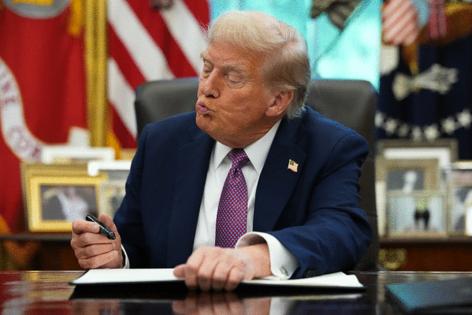
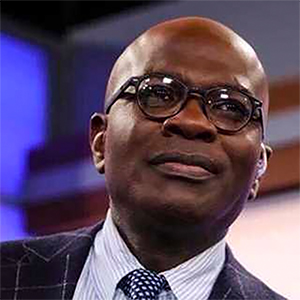



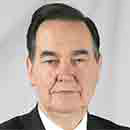





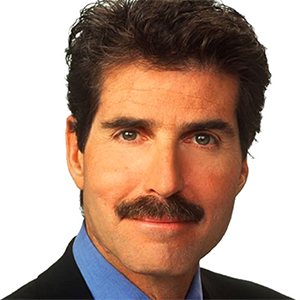
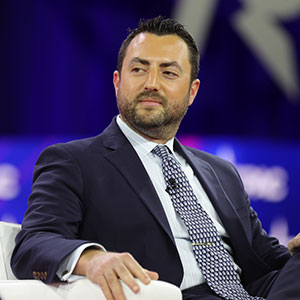
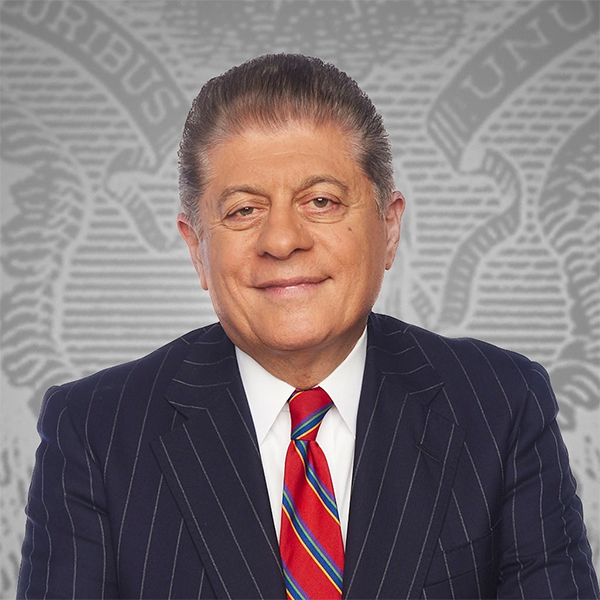

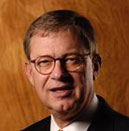
















Comments